We hope you enjoyed reading this Simon & Schuster ebook.
Get a FREE ebook when you join our mailing list. Plus, get updates on new releases, deals, recommended reads, and more from Simon & Schuster. Click below to sign up and see terms and conditions.
CLICK HERE TO SIGN UP
Already a subscriber? Provide your email again so we can register this ebook and send you more of what you like to read. You will continue to receive exclusive offers in your inbox.
Thank you for downloading this Simon & Schuster ebook.
Get a FREE ebook when you join our mailing list. Plus, get updates on new releases, deals, recommended reads, and more from Simon & Schuster. Click below to sign up and see terms and conditions.
CLICK HERE TO SIGN UP
Already a subscriber? Provide your email again so we can register this ebook and send you more of what you like to read. You will continue to receive exclusive offers in your inbox.


An Imprint of Simon & Schuster, Inc.
1230 Avenue of the Americas
New York, NY 10020
www.SimonandSchuster.com
Copyright 2017 by Dr. Willie Parker
All rights reserved, including the right to reproduce this book or portions thereof in any form whatsoever. For information, address Atria Books Subsidiary Rights Department, 1230 Avenue of the Americas, New York, NY 10020.
Certain names and characteristics have been changed, whether or not so noted in the text.
First 37 Ink/Atria Books hardcover edition April 2017
 and colophon are trademarks of Simon & Schuster, Inc.
and colophon are trademarks of Simon & Schuster, Inc.
For information about special discounts for bulk purchases, please contact Simon & Schuster Special Sales at 1-866-506-1949 or .
The Simon & Schuster Speakers Bureau can bring authors to your live event. For more information or to book an event, contact the Simon & Schuster Speakers Bureau at 1-866-248-3049 or visit our website at www.simonspeakers.com.
Interior design by Dana Sloan
Jacket design by Albert Tang
Author photograph by Chad Griffith
Library of Congress Cataloging-in-Publication Data has been applied for.
ISBN 978-1-5011-5112-5
ISBN 978-1-5011-5114-9 (ebook)
PROLOGUE
The Women
A t 6:30 a.m. on procedure day, the abortion clinic waiting room at Reproductive Health Services in Montgomery, Alabama, is as hushed as a church. Inside, beyond the bulletproof doors, the women are waiting for me, occupying every vinyl-covered chair, occasionally perched on windowsills: twenty-five, thirty, as many as fifty women sometimes. When I pass through the room in my street clothesthe uniform of sweats, baseball cap, and prescription shades that allows me to hide in plain sightmost of them wont even look up. But occasionally a woman will have heard of me, the nice black doctor at this clinic, and shell meet my eyes and smile. She may believe that Im going to get her through this, whatever this means to her, and hope that by making contact, with a glance, she will show me that she is an individual, with a story, and reasons, and dreams of her own.
I am here, in this crowded abortion clinic in Alabamaor Mississippi, or Georgia, where I also workto provide abortions for women because they say they need them. I am a Christian, raised in churches right here in the Southin Birmingham, an hour-plus drive from Montgomery. In the black churches of my childhood, an unplanned pregnancy was reason enough for a public shaming, or even expulsion from church ministry. A girl who became accidentally pregnant might be forced to stand up before the congregation on a Sunday morning and beg forgiveness for her sins, while the equally sexually curious boy who helped get her pregnant sat, with his brothers and sisters in Christ, in judgment of her. Unbeknownst to me, the women in the churches of my youth must have sometimes had abortionsof course they did, legally or illegallybut no one ever spoke of them. This was the Christianity I grew up in, and it has taken me decades of emotional, spiritual, and intellectual wrestling, with my conscience and with my world, to get to the place where I am now. I remain a follower of Jesus. And I believe that as an abortion provider I am doing Gods work. I am protecting womens rights, their human right to decide their futures for themselves, and to live their lives as they see fit. Today, as I write this, access to safe and compassionate abortion care is under unprecedented threat, most often from people who call themselves Christians. What I do is unfathomable to my faithful opponents, yet preserving that access is my calling. As a Christian and as a doctor, I am committed to protecting womens health.
This moral understanding came to me slowly, but it started to coalesce more than a dozen years ago when I had what I call my come to Jesus moment around the subject of abortion. From childhood I had long inferred that abortions were wrong, and for the first half of my career as an ob-gyn, I refused to perform them. But as I matured in both my faith and my profession, I found I was increasingly at odds with myself, an inner conflict that sat uncomfortably with me. I never questioned womens individual choices, but until I found clarity and certainty around the abortion issuewhat I call the head-heart connectionI recused myself, as a practitioner, from the fight.
Since achieving that clarity of mind and fullness of heart that liberated my understanding around this work, my passion for it has doubled. I have been working as an abortion provider for more than a dozen years with increasing energy and focus. I moved back to my hometown of Birmingham to care for women living in communities like the one in which I was raised. Some of my patients, poor and black, might easily be one of my three sisters or a cousin or an auntothers might be anyone: you, your niece, your daughter, your mother, or your best friend; many are women with some means, in the middle and upwardly mobile classes. Some of my patients have formulated strong political opinions about abortion, but more have not and merely walk through my doors because theyre doing what they deem necessary for themselves. I do this work in the context of a ramped-up national crusade against itone that promises, with a Republican president and Congress, to intensify. Calls from the antis to overturn Roe , to repeal the Affordable Care Act, and to defund Planned Parenthood are growing ever louder. Each one of these backward moves will not only restrict womens access to safe, affordable abortion care, but will diminish womens access to good health care in general, putting their lives and the lives of their children at risk. And poor women and women of color will bear the brunt of this political posturing by ideologuesas they always do.
Already, I have consciously put myself on the front lines. Since 2010, when right-wing extremists swept the nations statehouses and legislatures, more than three hundred state laws have been passed aimed at restricting access to abortiondespite the fact that it is legal. In twenty-seven states, women are now forced to wait one, two, or even three days between receiving mandatory counseling (which often contains bogus information) and obtaining an abortion, a barrier that puts an undue burden on working women, women with children, and women who live in rural areas, requiring them to take time off work and spend additional money to travel back and forth to a clinic that may be two hundred miles from home. Fourteen states since 2010 have banned procedures after twenty weeksa violation of Roe . Thirty-seven states have circumscribed medication abortion, placing limits on patients access to the FDA -approved pill that ends pregnancy in its early phases. And more than two dozen states have taken aim at the daily operations of the clinics themselves, placing irrational hurdles in their way with the motive of shutting them down. These laws have had the desired effect. Since 2011, more than 160 abortion clinics have closed. These laws have been passed so invisibly, so incrementally, that few have even noticed them. But they are affecting the real futures of real women by forcing them into lives they did not choose.
Next page

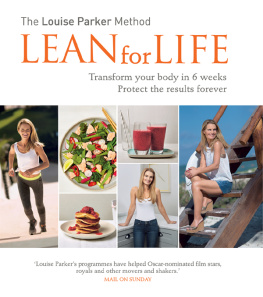

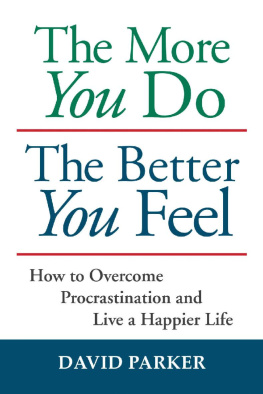




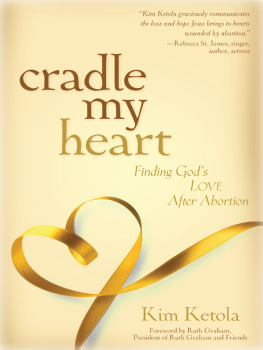
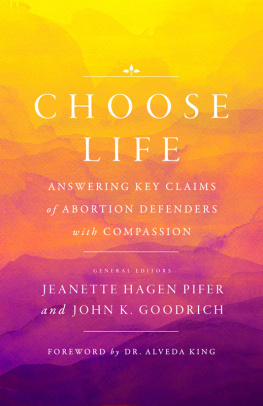
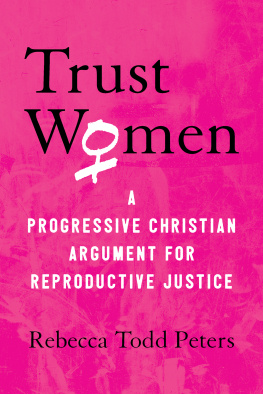

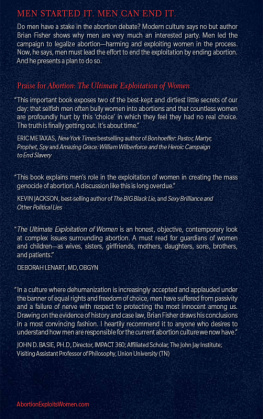



 and colophon are trademarks of Simon & Schuster, Inc.
and colophon are trademarks of Simon & Schuster, Inc.